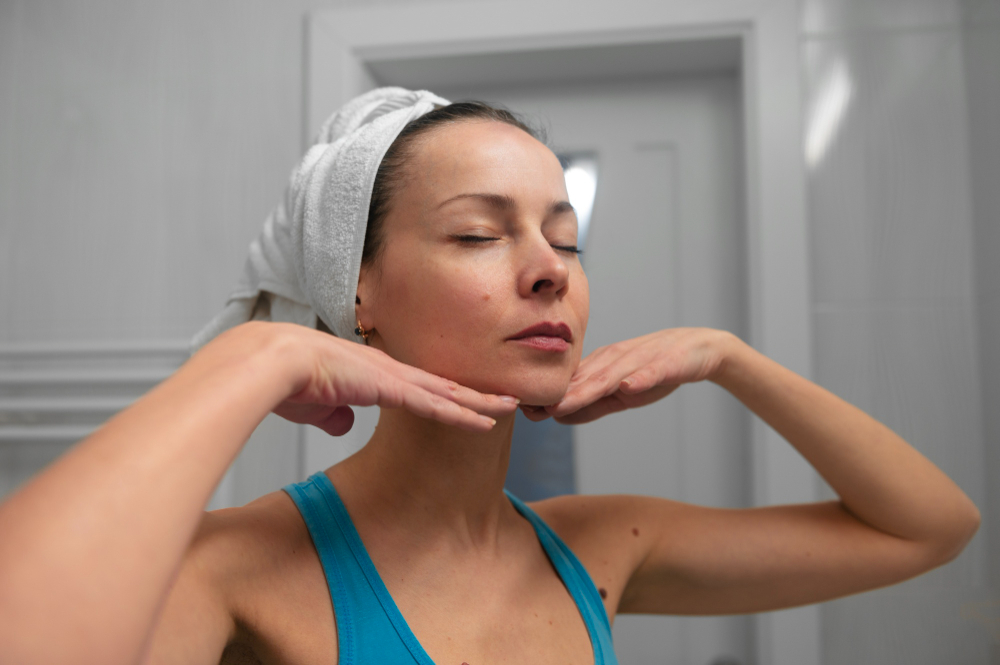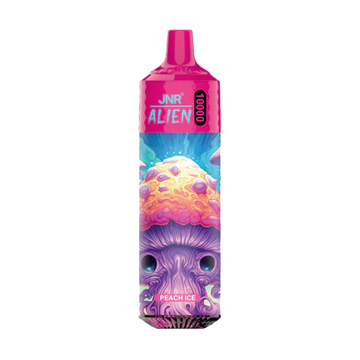Revitalize Your Skin: A Complete Guide to Hyperpigmentation Treatment on Cranbrook Road
Hyperpigmentation can feel like an unwelcome guest on our skin, leaving dark spots, uneven tones, and patches that don’t blend with our natural complexion. But here’s the good news: there are effective treatments that can help restore your skin’s natural beauty, especially if you’re located on Cranbrook Road and looking for targeted solutions. This guide will dive into hyperpigmentation, its causes, types, and most importantly, the treatment options available to help you regain confidence in your skin.
Understanding Hyperpigmentation
Hyperpigmentation is a common skin condition characterized by patches of skin becoming darker than the surrounding area. This darkening occurs when an excess of melanin, the brown pigment responsible for normal skin color, forms deposits in the skin. While hyperpigmentation can affect people of all skin types, it’s particularly prominent in those with darker skin tones due to higher melanin levels.
Hyperpigmentation is harmless in most cases but can affect one’s confidence. Understanding its root causes and knowing that there are treatments can be incredibly empowering.
Common Causes of Hyperpigmentation
There are various reasons why hyperpigmentation develops. Here are a few common causes:
- Sun Exposure: Overexposure to the sun is the most common cause of hyperpigmentation. UV rays increase melanin production, which can result in dark spots.
- Hormonal Changes: Conditions such as melasma, often triggered by pregnancy or birth control pills, can cause hyperpigmented patches.
- Post-Inflammatory Hyperpigmentation (PIH): This occurs after the skin has healed from an injury or inflammation, like acne, eczema, or other skin conditions.
- Aging: As we age, our skin naturally becomes more susceptible to developing dark spots and uneven skin tone.
Types of Hyperpigmentation
Different forms of hyperpigmentation can develop on the skin. Here are some of the most common types:
- Melasma: Usually triggered by hormonal changes and often seen in pregnant women, melasma causes brown or greyish patches, typically on the face.
- Sun Spots: Also called age spots, these are caused by prolonged exposure to the sun and often appear on areas most exposed, like the face, hands, and shoulders.
- Post-Inflammatory Hyperpigmentation (PIH): This type of hyperpigmentation follows an injury to the skin and appears as dark patches once the skin has healed.
Hyperpigmentation Treatment Options on Cranbrook Road
If you’re looking for Hyperpigmentation Treatment Cranbrook Road, a variety of options are available, from professional treatments to home remedies. Here’s a breakdown of the different treatments to consider:
1. Topical Treatments
One of the most common ways to tackle hyperpigmentation is through topical treatments that help lighten the skin and reduce the appearance of dark spots.
- Hydroquinone: A well-known ingredient for reducing dark spots, hydroquinone works by decreasing the production of melanin in the affected area. However, it’s essential to use it under professional supervision, as it can cause irritation if used incorrectly.
- Retinoids: Retinoids, derived from vitamin A, help increase cell turnover and fade dark spots over time.
- Vitamin C: Known for its antioxidant properties, vitamin C brightens the skin and reduces the effects of UV damage, which can contribute to hyperpigmentation.
2. Chemical Peels
Chemical peels are a popular option for those looking for more significant results. This treatment involves applying a chemical solution to the skin to remove the top layer, allowing new skin to emerge. Types of peels include:
- Superficial Peels: These are mild peels that use alpha-hydroxy acids (AHAs) and beta-hydroxy acids (BHAs) to exfoliate the skin gently. They’re best for minor discoloration.
- Medium Peels: Using trichloroacetic acid (TCA), medium peels penetrate deeper into the skin and can treat more stubborn pigmentation.
- Deep Peels: For severe hyperpigmentation, deep peels are sometimes recommended, but they require more downtime and should only be administered by experienced professionals.
3. Laser Treatments
Laser treatments use light energy to target pigmented areas of the skin selectively. They can be highly effective, though they may require multiple sessions. Types of laser treatments include:
- Fractional Lasers: These lasers target smaller sections of the skin, minimizing damage to surrounding tissues. They’re commonly used for PIH and sun spots.
- Intense Pulsed Light (IPL): Not a true laser but effective for hyperpigmentation, IPL uses light energy to break up pigmentation and leave skin with a more even tone.
4. Microdermabrasion
Microdermabrasion is a non-invasive exfoliation technique that uses a special tool to gently remove the outer layer of skin. This process reveals fresh, healthier skin underneath and can help improve mild cases of hyperpigmentation. It’s a popular choice for those who prefer non-invasive treatments and has minimal downtime.
5. Microneedling
Microneedling involves using tiny needles to create micro-injuries on the skin’s surface, stimulating collagen production and encouraging skin regeneration. This can help reduce the appearance of dark spots over time.
6. Natural Remedies
While not as potent as professional treatments, natural remedies can be effective for mild hyperpigmentation. Some popular options include:
- Aloe Vera: Known for its skin-soothing properties, aloe vera can help lighten dark spots when applied regularly.
- Green Tea Extract: Green tea has antioxidant properties that may help improve skin tone and reduce pigmentation.
- Licorice Extract: Licorice has compounds that inhibit melanin production, potentially lightening dark spots over time.
Post-Treatment Care for Hyperpigmentation
Post-treatment care is crucial to maintaining your results and preventing hyperpigmentation from reappearing. Here are some essential tips:
- Sun Protection: Protecting your skin from the sun is critical. Always wear sunscreen with at least SPF 30, and consider wearing hats or clothing that covers sun-exposed areas.
- Consistent Skincare Routine: A consistent skincare routine with gentle cleansers, moisturizers, and treatments recommended by your dermatologist will help maintain results.
- Avoid Picking at the Skin: Avoid touching or picking at dark spots or acne, as this can worsen hyperpigmentation and cause PIH.
Choosing the Right Treatment for You
With the variety of hyperpigmentation treatments available, it can be overwhelming to decide which option is right for you. Consulting with a skincare professional is the best way to determine an effective treatment plan based on your skin type, severity of hyperpigmentation, and lifestyle preferences. Many clinics on Cranbrook Road offer customized treatment plans to meet individual skin needs.
Embrace the Journey to Clear Skin
Hyperpigmentation can be a long-term concern for many, but it’s important to remember that achieving even skin tone is possible with the right treatment. Patience and consistency in your skincare routine and treatment choices can lead to satisfying results.
Hyperpigmentation doesn’t have to stand in the way of your confidence. If you’re considering Hyperpigmentation Treatment Cranbrook Road, the options available today are more advanced and customizable than ever before. Whether you’re aiming for professional treatments like lasers or peels or opting for a more natural route, there’s something out there to help you achieve the clear, radiant skin you’ve always desired. With patience and persistence, clear, even skin is within reach.














Post Comment